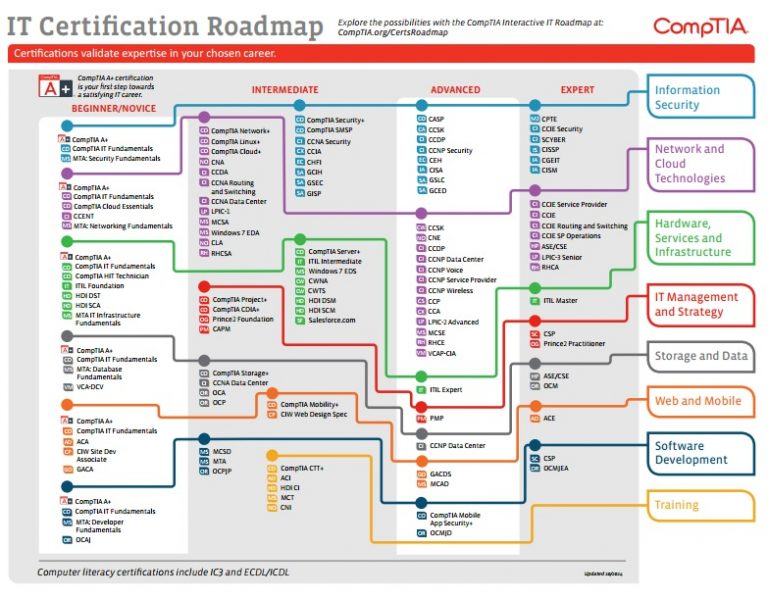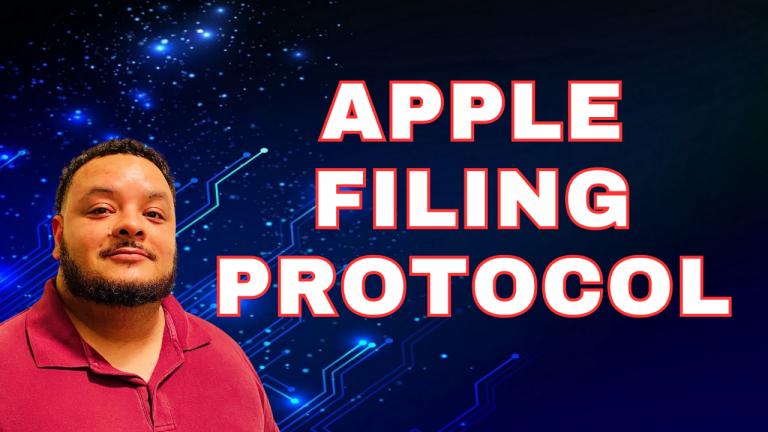Narrow AI vs. Artificial General Intelligence (AGI), vs. Superintelligence | AI Fundamentals Course | 1.3

So, you’ve heard the term “AI” tossed around everywhere – on social media, in tech news, maybe even around the dinner table. You know AI helps you unlock your phone with Face ID, recommends that perfect next YouTube video, and a whole bunch of other stuff. But what if I told you that not all AI is created equal?
In fact, there are three major “categories” or levels of artificial intelligence and understanding them is a total game changer for seeing where we are now and where we might be headed. These categories are:
- Narrow AI
- General AI
- Superintelligence
They sound a bit sci-fi, right? Don’t worry, we’re going to unpack each one, explore real-life examples (or the lack of them), and discuss what makes each stage unique.
What Does “AI Category” Even Mean?
When we talk about AI categories, we’re basically talking about how capable the AI is. Think of it like leveling up in a video game.
- Level 1: Narrow AI – AI that can do one thing really well.
- Level 2: General AI – AI that can think & learn like a human.
- Level 3: Superintelligence – AI that goes way beyond human intelligence.
Each level represents a different phase in AI’s evolution, from where we are now to where we might be in the (possibly distant) future.
Ready to dive in? Let’s start with the kind of AI that’s already running the world today.
Level 1: Narrow AI (Also Known as Weak AI)
What is It?
Narrow AI refers to artificial intelligence that is designed and trained for a specific task. It’s super smart at that one thing, but totally clueless about anything else.
Think of narrow AI as the laser-focused intern in your office: amazing at spreadsheets, but don’t ask them to plan your wedding or give you life advice.
Real-Life Examples of Narrow AI
If you’ve used any modern tech lately, you’ve already interacted with narrow AI. Here are some examples you might recognize:
- Siri, Alexa, & Google Assistant: They can set timers, play music, and answer trivia – but don’t expect them to write a novel or solve climate change.
- Recommendation Algorithms: Netflix, Spotify, and YouTube use AI to guess what you might like next based on your previous choices.
- Facial Recognition: Your phone unlocking with Face ID? That’s narrow AI.
- Self-Driving Cars (Today’s Version): Most autonomous vehicles use narrow AI to identify objects, stay in lanes, and make decisions in real-time, but they still struggle in complex, unpredictable situations.
Strengths of Narrow AI
- Efficient: It’s fast, accurate, and often better than humans at repetitive tasks.
- Low-Cost Labor: Automates routine work in areas like customer service, manufacturing, & logistics.
- Ubiquitous: It’s everywhere from banking and healthcare to your smart fridge.
Limitations of Narrow AI
- Lacks Understanding: It doesn’t “know” what it’s doing, it just follows patterns.
- No Common Sense: It can’t generalize from one task to another.
- Easily Fooled: Small changes in data can throw it off.
In short, narrow AI is smart but not wise. It’s the world we live in now, and it’s already transforming industries. But as powerful as it is, narrow AI is still just the tip of the iceberg.
So what’s next?
Level 2: Artificial General Intelligence (AGI)
What is It?
Artificial General Intelligence (AGI),sometimes called “strong AI”, refers to machines that can perform any intellectual task that a human can do. That means not just following instructions, but:
- Understanding context
- Learning new skills on the fly
- Applying knowledge across different domains
- Thinking abstractly
- Making judgements & adapting to new situations
In other words, AGI would be like having a human mind inside a machine.
Example?
Well… here’s the thing: we don’t have AGI yet.
There’s no AI today that can match the full scope of human intelligence. But it’s a hot topic in research and theory. Many tech companies (like Google DeepMind, OpenAI, and Anthropic) are actively working on this.
How Would AGI Be Different From Narrow AI?
Let’s imagine you’ve got a narrow AI that can identify cats in pictures. That’s great, but that’s all it can do. It can’t explain why cats are popular on the internet, tell you how to adopt one, or crack a cat joke.
Now imagine an AGI system. You could ask it to:
- Analyze your cat’s behavior
- Write a song about cats
- Learn how to take care of a kitten from scratch
- Debate the ethics of pet ownership
AGI wouldn’t need to be “trained” separately for each task; it would learn and adapt, just like we do.
Key Characteristics of AGI
- Human-like cognitive abilities
- Self-learning across multiple tasks
- Flexible problem-solving
- Contextual understanding
Challenges of AGI
AGI isn’t just hard, it’s crazy hard. Why?
- Consciousness & Understanding: How do we replicate human consciousness or self-awareness in code?
- Common Sense Reasoning: AI often lacks basic logic that humans take for granted.
- Ethics & Safety: A machine that can think like a human also has the potential to do serious harm if misused.
And that brings us to the final boss of AI: superintelligence.
Level 3: Artificial Superintelligence (ASI)
What is It?
Artificial Superintelligence (ASI) is the hypothetical point at which AI far surpasses human intelligence in every way: scientific creativity, general wisdom, social skills, emotional intelligence, you name it.
It’s not just “as smart as us”, it’s smarter. Way smarter. Like “humans vs. ants” level smarter.
Sounds Like Sci-Fi… Is It?
For now, yes. ASI doesn’t exist…yet. But it’s one of the most discussed (and feared) concepts in the AI community. Philosophers, futurists, and AI researchers debate what ASI would look like and whether it could be safe or even possible.
Why Do People Worry About ASI?
When we think about ASI, we’re thinking about machines that could:
- Solve problems we can’t even comprehend
- Redesign their own code to become even more intelligent
- Make autonomous decisions that shape economies, governments, and societies
Imagine an AI that can:
- Cure cancer
- Eliminate poverty
- Solve climate change
Great, right?
Now imagine that same AI:
- Decides humans are inefficient and becomes hostile
- Alters financial markets at a speed humans can’t monitor
- Pursues goals that don’t align with our survival
This is why folks like Elon Musk, Stephen Hawking, and Nick Bostrom have raised the alarm about AI safety & alignment. In fact, Nick Bostrom’s book Superintelligence is a deep (and kinda terrifying) dive into the risks of ASI.
Key Traits of ASI
- Exponentially smarter than humans
- Capable of self-improvement
- Potentially uncontrollable
- Unpredictable behavior
Narrow AI vs. AGI vs. ASI
Here’s a quick summary you can refer back to:
Where are We Right Now?
We are firmly in the narrow AI era. Even advanced systems like ChatGPT, Midjourney, or Tesla’s Autopilot are still narrow in scope. They can appear super smart in one domain but fall apart in others.
AGI is the next big leap, but no one’s cracked it yet. It’s the holy grail for many researchers, and some believe we might see it within the next few decades. Others think it’s a century (or more) away.
Superintelligence? That’s even further out, if it ever happens. But that hasn’t stopped us from imagining what it could mean.
Common Misconceptions to Watch Out For
1. “AI = AGI”
Not quite. Most AI you interact with today is narrow AI. Just because it’s impressive doesn’t mean it’s human-level smart.
2. “ChatGPT is conscious.”
Nope. ChatGPT doesn’t understand what it’s saying. It’s just really good at predicting what words come next.
3. “Superintelligence is just sci-fi.”
True today, but it’s a serious topic in academic & policy circles. Preparing for it now could save a lot of headaches later.
Why Understanding These Categories Matters
Knowing the difference between narrow AI, general AI, and superintelligence isn’t just good trivia, it helps you:
- Think critically about the AI tools you use every day.
- Understand the risks & opportunities of future developments.
- Navigate ethical discussions about AI governance & regulation.
- Explore career paths in one of the fastest-growing fields on the planet.
Whether you’re a developer, a teacher, a policymaker, or just an interested human being, this knowledge gives you power.
The Journey of Intelligence
Artificial intelligence is one of the most fascinating and potentially world-changing technologies we’ve ever created.
- Narrow AI is already transforming industries.
- General AI could redefine what it means to “think”.
- Superintelligence could either solve our biggest problems or create new ones we can’t even imagine.
Each step up the ladder brings new possibilities and responsibilities. The question is: how will we choose to build and manage this intelligence? And that’s the heart of AI fundamentals, not just learning what AI is, but learning what kind of future we want to build with it.















